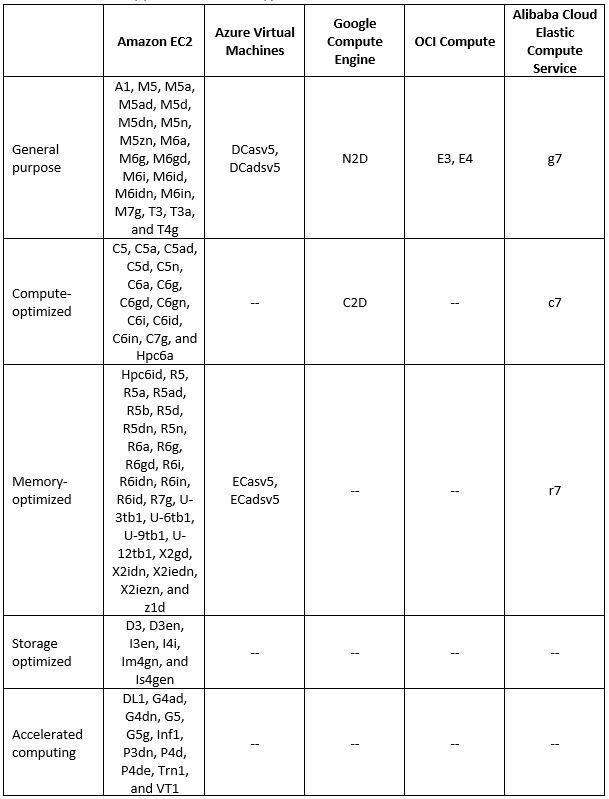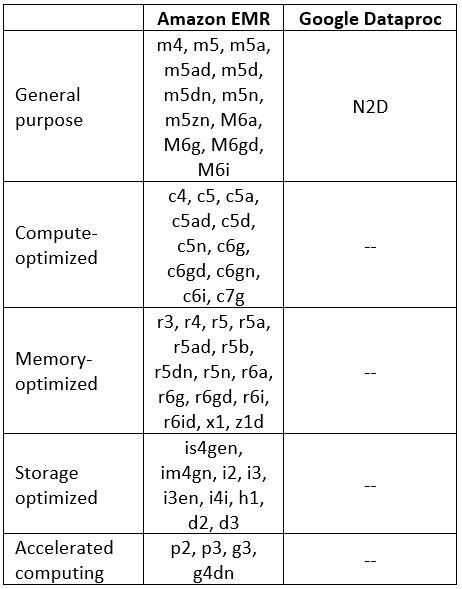In 2020, I have published the blog post "Confidential Computing and the Public Cloud".
Now, let us return to the subject of confidential computing and see what has changed among cloud providers.
Before we begin our conversation, let us define what is "Confidential Computing", according to The Confidential Computing Consortium:
"Confidential Computing is the protection of data in use by performing the computation in a hardware-based, attested Trusted Execution Environment"
Source: https://confidentialcomputing.io/about
Introduction
When we store data in the cloud, there are various use cases where we would like to protect data from unauthorized access (from an external attacker to an internal employee and up to a cloud provider engineer who potentially might have access to customers' data).
To name a few examples of data who would like to protect – financial data (such as credit card information), healthcare data (PHI – Personal Health Information), private data about a persona (PII – Personally Identifiable Information), government data, military data, and more.
When we would like to protect data in the cloud, we usually encrypt it in transit (with protocols such as TLS) and at rest (with algorithms such as AES).
At some point in time, either an end-user or a service needs access to the encryption keys and the data is decrypted in the memory of the running machine.
Confidential computing comes to solve the problem, by encrypting data while in use, and this is done using a hardware-based Trusted Execution Environment (TEE), also known as the hardware root of trust.
The idea behind it is to decrease the reliance on proprietary software and provide security at the hardware level.
To validate that data is protected and has not been tampered with, confidential computing performs a cryptographic process called attestation, which allows the customer to audit and make sure data was not tempered by any unauthorized party.
There are two approaches to achieving confidential computing using hardware-based TEEs:
- Application SDKs – The developer is responsible for data partitioning and encryption. Might be influenced by programming language and specific hardware TEEs.
- Runtime deployment systems – Allows the development of cross-TEE portable applications.
As of March 2023, the following are the commonly supported hardware alternatives to achieve confidential computing or encryption in use:
- Intel Software Guard Extensions (Intel SGX)
- AMD Secure Encrypted Virtualization (SEV), based on AMD EPYC processors
AWS took a different approach when they released the AWS Nitro Enclaves technology.
The AWS Nitro System is made from Nitro Cards (to provision and manage compute, memory, and storage), Nitro Security Chip (the link between the CPU and the place where customer workloads run), and the Nitro Hypervisor (receive virtual machine management commands and assign functions to the Nitro hardware interfaces).
Cloud Providers Comparison
All major cloud providers have their implementation and services that support confidential computing.
Below are the most used services supporting confidential computing:
Virtual Machine supported instance types
Additional References:
- Instances built on the AWS Nitro System
- Azure Confidential VMs
- Introducing high-performance Confidential Computing with N2D and C2D VMs
- Oracle Cloud Infrastructure Confidential Computing
- Alibaba Cloud - Build a confidential computing environment by using Enclave
Managed Relational Database supported instance types
Additional References:
Managed Containers Services Comparison
Additional References:
- Using Enclaves with Amazon EKS
- Azure Confidential containers
- Encrypt workload data in use with Confidential Google Kubernetes Engine Nodes
- Alibaba Cloud Container Service for Kubernetes (ACK) clusters supports confidential computing
Managed Hadoop Services supported instance types
Additional References:
Summary
In this blog post, we have learned what confidential computing means, how it works, and why would we as customers need confidential computing to keep the privacy of our data stored in the public cloud.
We have also compared major cloud providers offering confidential computing-supported services.
The field of confidential computing continues to evolve – both from cloud providers adding more services to support confidential computing and allowing customers to have confidence storing data in the cloud and from third-party security vendors, offering cross-cloud platforms solutions, allowing an easy way to secure data in the cloud.
I encourage everyone to read and expand their knowledge about confidential computing implementations.
Additional References:
- Confidential Computing Consortium
- The Security Design of the AWS Nitro System
- Azure Confidential Computing Overview
- Google Confidential Computing
- Protect data in use with OCI Confidential Computing
- Alibaba Cloud - Privacy, Security and Confidential Computing - What You Need to Know
About the Author
Eyal Estrin is a cloud and information security architect, the owner of the blog Security & Cloud 24/7 and the author of the book Cloud Security Handbook, with more than 20 years in the IT industry.
Eyal is an AWS Community Builder since 2020.
You can connect with him on Twitter and LinkedIn.







Latest comments (0)